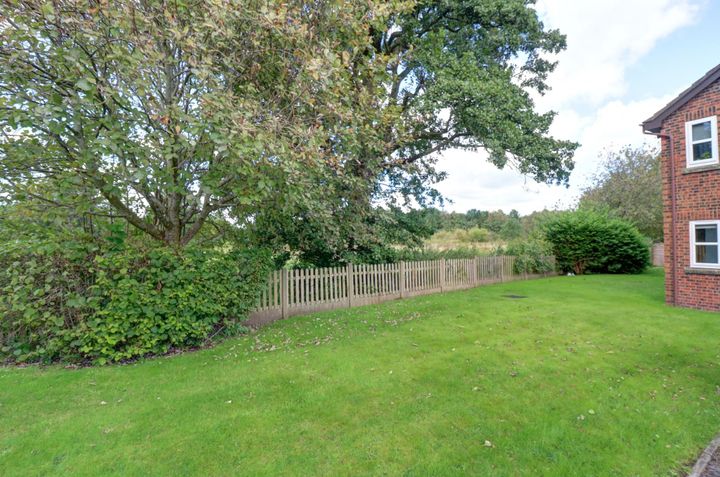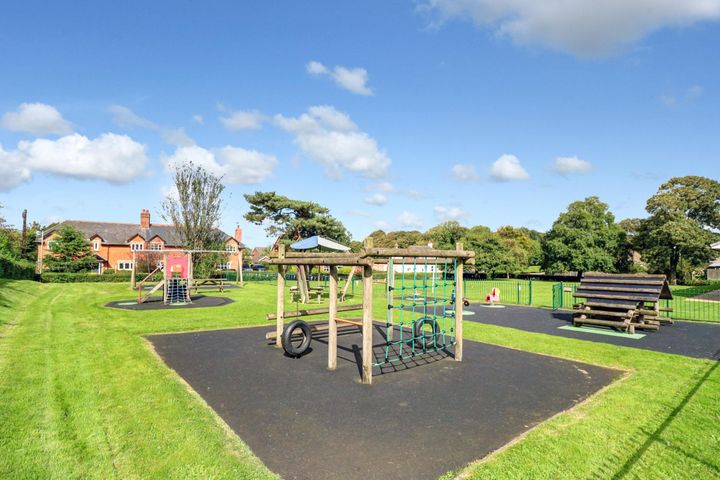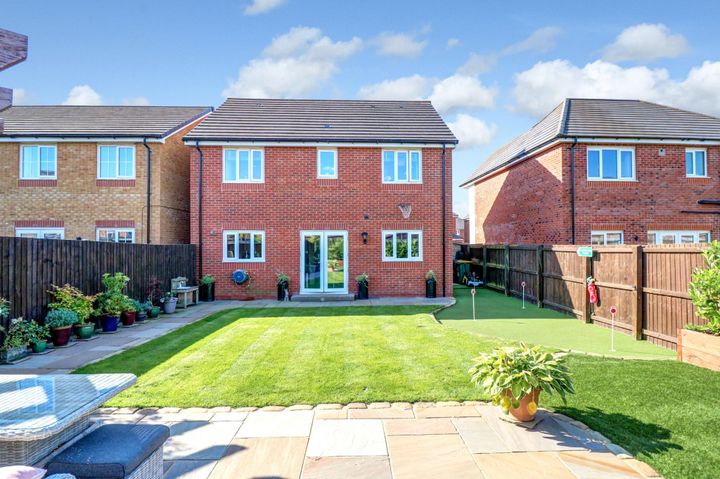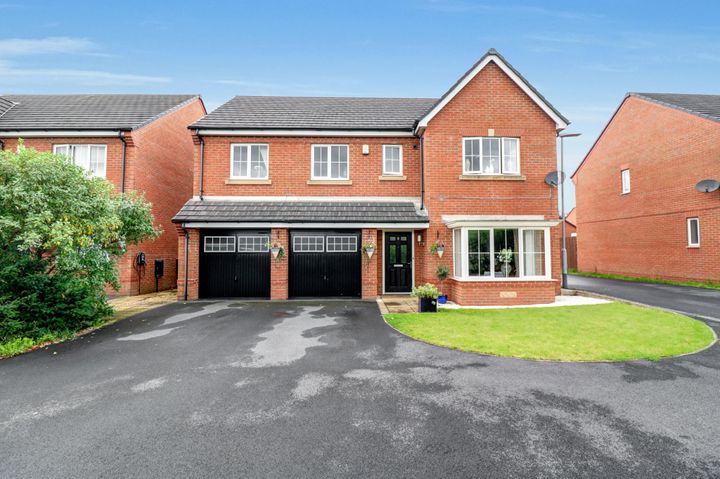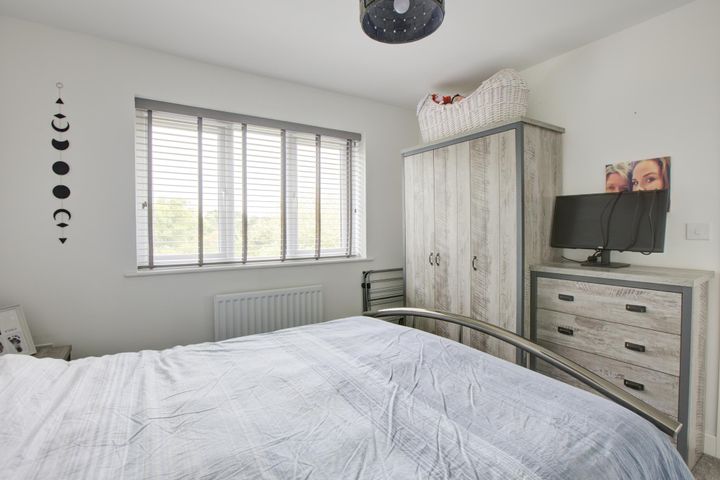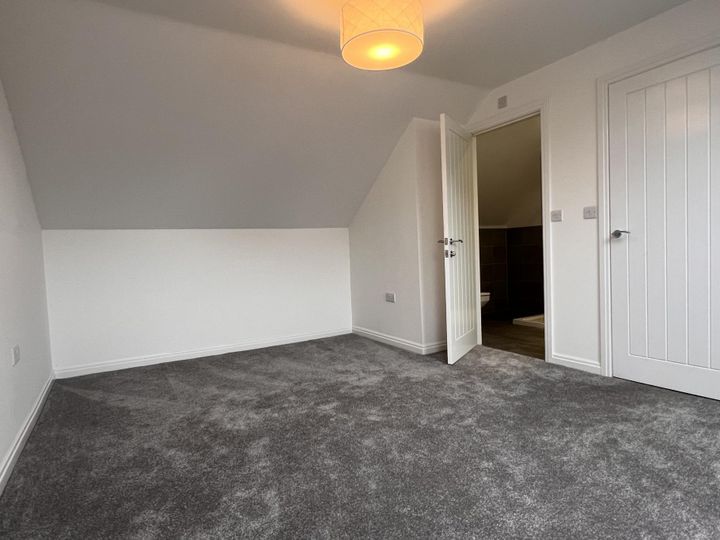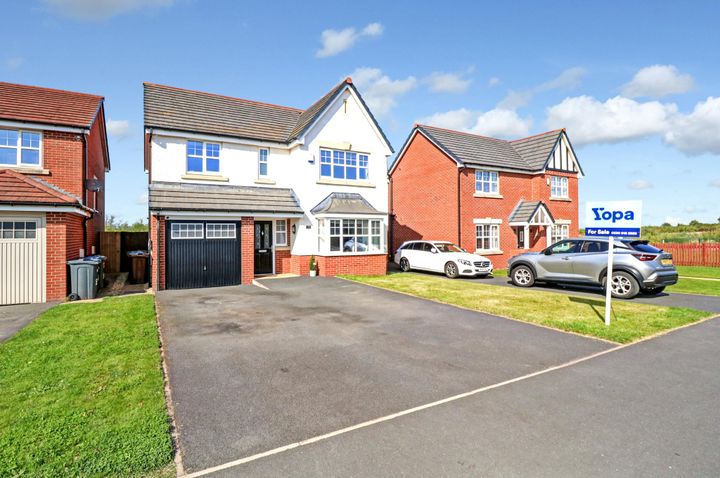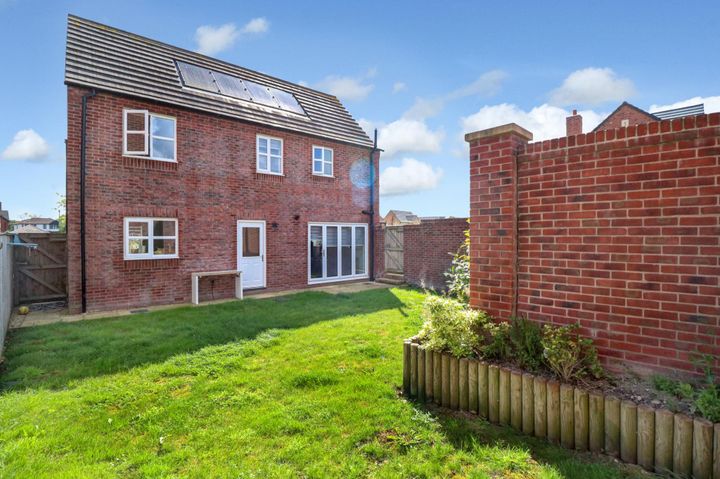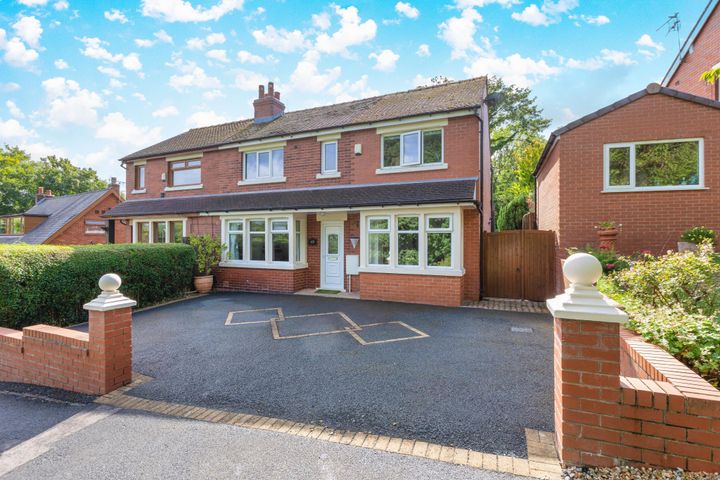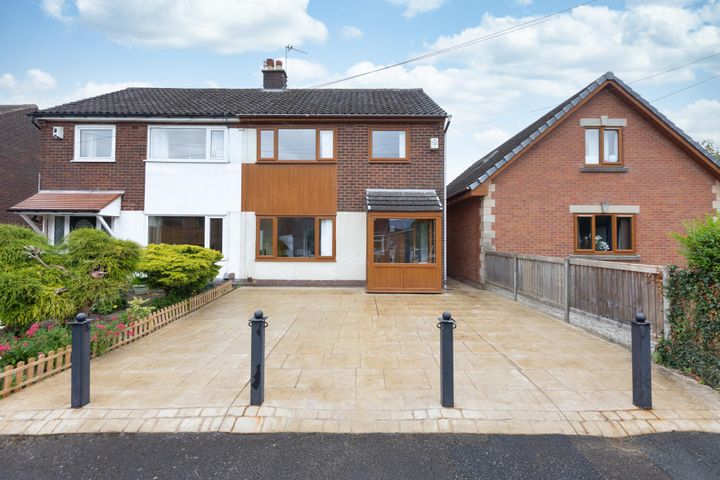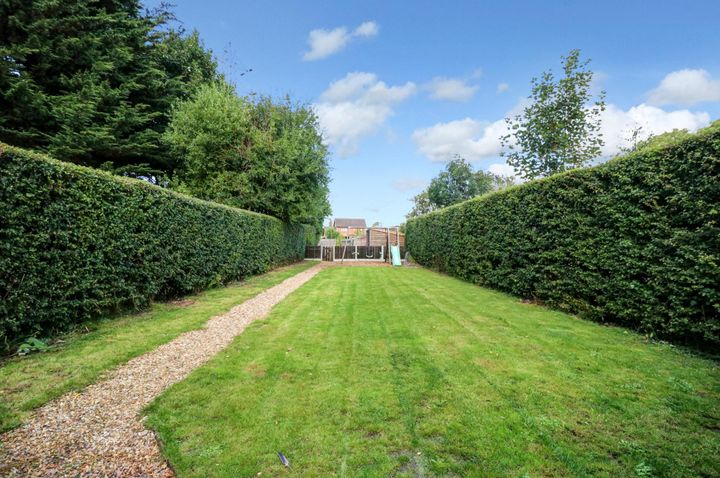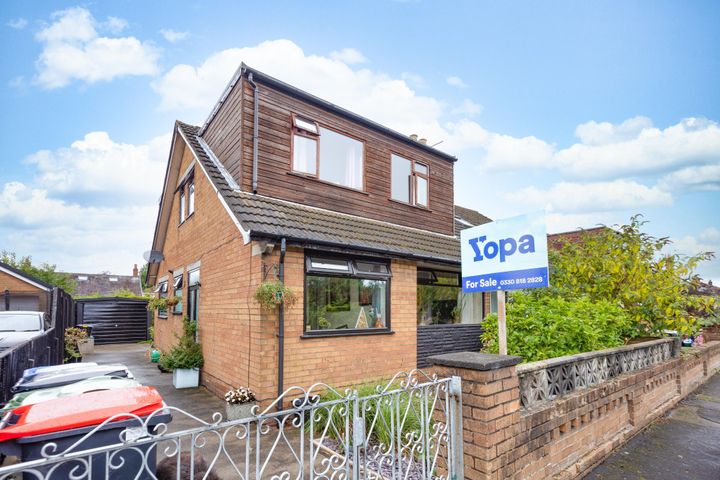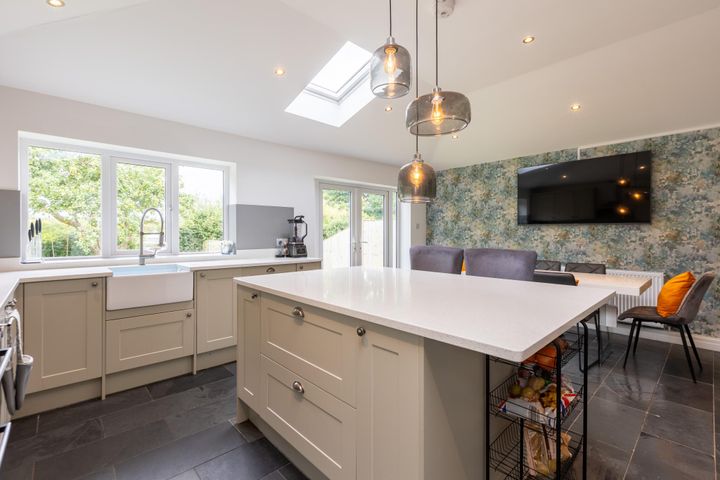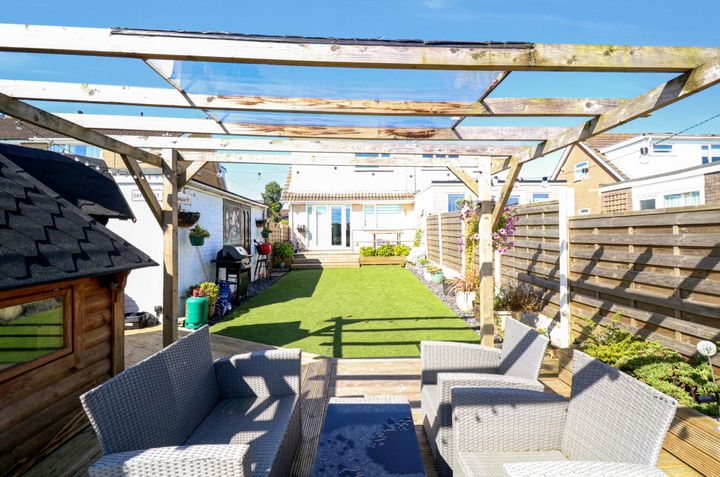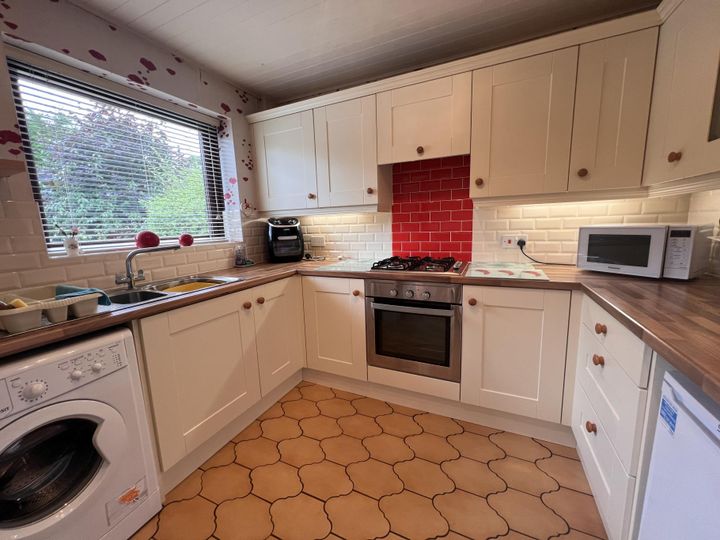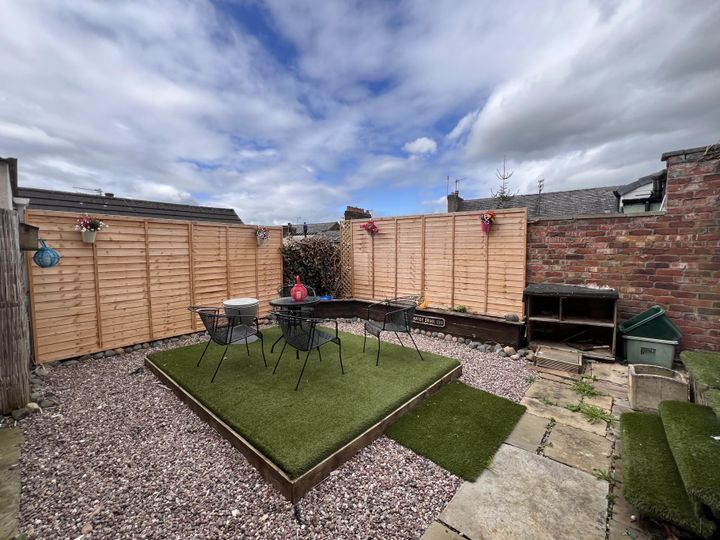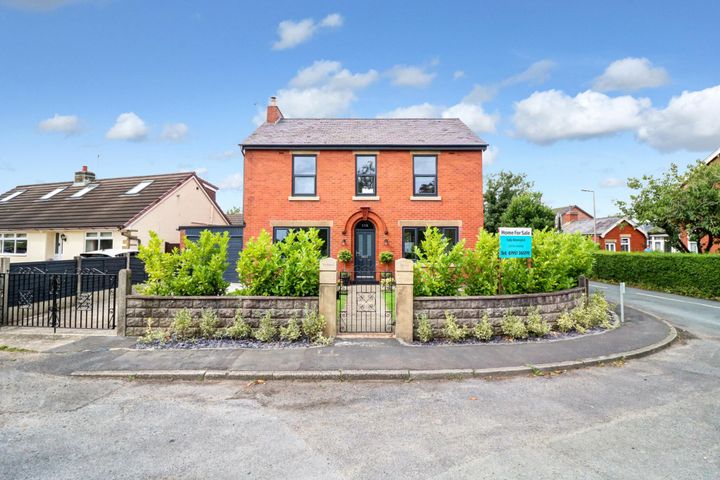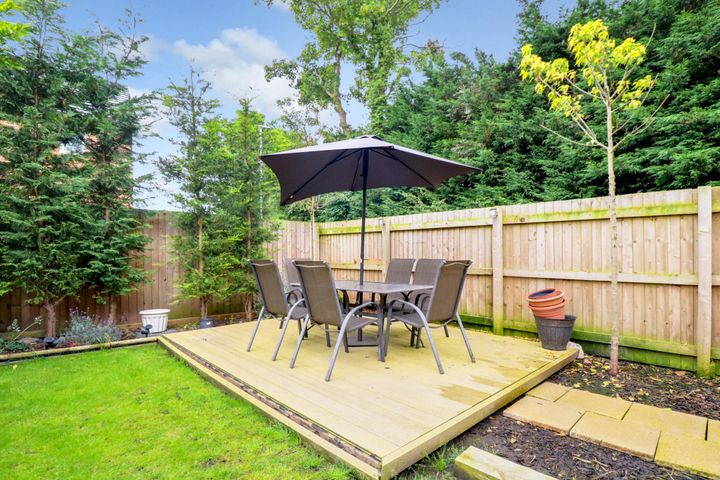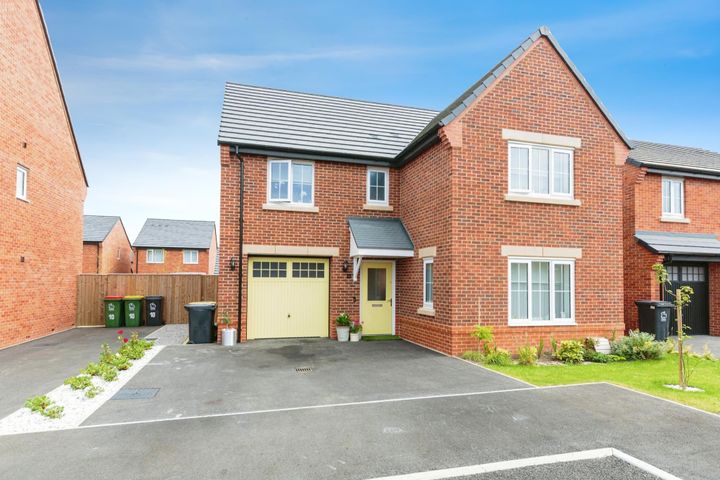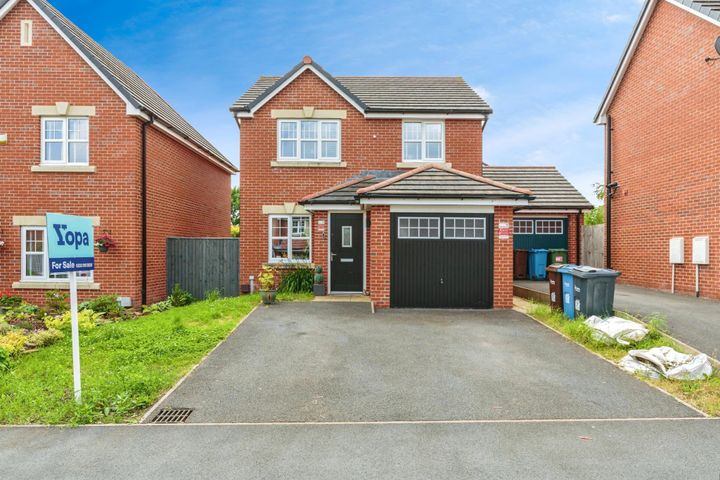Real estate prices in Preston are influenced by a combination of local economic factors, demographics, and infrastructure development. The presence of educational institutions, such as the University of Central Lancashire, attracts students and young professionals, thereby increasing demand for rental properties and homes. Additionally, the city's strategic location with easy access to major transport links, including the M6 motorway and rail services to Manchester and Liverpool, enhances its appeal for commuters, which can drive up property values. Urban regeneration projects, like the redevelopment of the city centre and improvements to public spaces, also play a crucial role in influencing prices by enhancing lifestyle offerings. The local job market, especially in sectors like healthcare and manufacturing, impacts the disposable income of residents, affecting their ability to buy or rent homes. Furthermore, demographic trends, such as an influx of families seeking affordable housing and retirees looking for tranquil suburban living, can create shifts in demand that impact prices across different areas of the city.
Preston
Location
Price Range
Any price
Price Range
Minimum
No min
Maximum
No max
Property type
Show all
Property type
Show all
House
Apartment
Building
Other
Bedrooms
Any beds
Bedrooms
Minimum
No min
Maximum
No max
Surface Range
Any surface
Surface Range
Minimum
No min
Maximum
No max
Sale type
For sale
Sale type
Show all
To rent
For sale
Location
Apartments and houses for sale in Preston
40 results
Recent
Preston insights
| Aspect | Summary |
|---|---|
| Population | 148,000 |
| Average Property Price | £220,000 |
| Rental Yield | 5.2% |
| Average Rent | £950/month |
| Occupancy Rate | 95% |
| Capital Growth Rate | 3.5% per annum |
| Property Tax | 1% of property value |
| Transaction Costs | Approx. £3,000 |
| Expected ROI | 8.7% |
| Economic Growth Impact | Moderate growth due to local business development |
Preston FAQ
What factors influence real estate prices in Preston?
How have real estate prices in Preston changed over the past year?
Over the past year, real estate prices in Preston have experienced notable fluctuations. According to recent reports, the average house price in the city has increased by approximately 8%, with the current average sitting around £180,000. Key areas such as Fulwood and Penwortham have seen even steeper rises, with some properties in these neighborhoods fetching prices upwards of £250,000. The demand for family homes, particularly three-bedroom semi-detached houses, has surged, with listings often attracting multiple offers shortly after hitting the market. Additionally, the rental market has also tightened, with rental prices rising by an average of 5% compared to the previous year, driven by a growing population and limited housing supply. However, certain parts of Preston, such as the city center, have seen a mix of demand due to ongoing urban developments and investment in amenities. As of late 2023, the ongoing economic factors, including interest rates and inflation, continue to influence buyer sentiment and overall market activity in the area.
What types of properties are most commonly found in Preston?
In Preston, a diverse array of residential properties can be found, ranging from traditional Victorian and Edwardian terraced houses to modern new builds. The Victorian terraces, often clustered in the city center and surrounding areas like Deepdale, typically feature high ceilings, bay windows, and distinct architectural detailing. Semi-detached houses are prevalent in suburban neighborhoods such as Fulwood and Penwortham, offering families ample space and gardens. Additionally, there is a growing number of purpose-built apartments, particularly in the city center and alongside the River Ribble, appealing to young professionals and students from the nearby University of Central Lancashire. There are also older-style bungalows, commonly found in quieter residential streets, catering to retirees seeking single-level living.
Are there any predicted trends for real estate prices in Preston?
Predicted trends for real estate prices in Preston indicate a gradual upward movement, primarily driven by increased demand for housing in the area. The city's ongoing development projects, such as the regeneration of the city center and improvements to transport links, are likely to contribute to this trend. For instance, the development of the Preston Western Distributor Road aims to enhance accessibility to surrounding regions, which can attract more buyers and investors. Additionally, Preston's relatively affordable property prices compared to larger cities like Manchester and Liverpool make it an appealing option for first-time buyers and those seeking rental investments. Certain neighborhoods, particularly around the university and areas with good schooling options, have shown a trend of rising prices due to their desirability. Reports suggest that as more people seek homes that offer a balance of affordability and quality of life, Preston could see sustained growth in its property market.
How do real estate prices in Preston compare to nearby areas?
Real estate prices in Preston show a distinct contrast when compared to nearby areas such as Blackpool and Lancaster. As of the latest data, the average house price in Preston is approximately £200,000, making it relatively more affordable than Blackpool, where prices average around £220,000. Lancaster, on the other hand, typically sees higher prices, averaging approximately £250,000, influenced by its university presence and historic architecture. The difference in pricing can also be attributed to the varying demand dynamics; Preston’s central location and good transport links make it an attractive option for commuters, while areas like Chorley have similar average prices at £205,000, reflecting a slight premium due to their picturesque surroundings and local amenities. Moreover, properties in rural areas around Preston can be more expensive due to their exclusivity and larger lot sizes, further highlighting the regional price fluctuations.
What is the average price per square foot in Preston?
The average price per square foot in Preston can vary depending on the specific area and type of property. As of late 2023, residential properties in central Preston tend to have an average price around £130 to £160 per square foot, while suburban areas may range from £90 to £120 per square foot. For instance, homes in neighborhoods like Fulwood and Penwortham often command higher prices due to their desirability and nearby amenities. In contrast, more affordable options can be found in areas like Fishwick and Ribbleton, where prices might dip below £90 per square foot. Additionally, commercial properties generally exhibit different pricing structures, with typical costs averaging closer to £130 to £200 per square foot, influenced heavily by location and foot traffic.
What amenities might affect real estate prices in Preston?
Several amenities significantly influence real estate prices in Preston. Proximity to transportation hubs, such as the Preston railway station, which connects the city to major cities like Manchester and Liverpool, can drive up property values due to increased accessibility for commuters. Additionally, the presence of good local schools, such as Preston's well-regarded primary and secondary institutions, can attract families, thereby boosting demand in nearby neighborhoods. Recreational facilities, including parks like Avenham Park and the Harris Museum and Art Gallery, enhance the desirability of areas, offering residents green spaces and cultural activities. Furthermore, local shopping centers, such as the Fishergate Shopping Centre, along with diverse dining options, play a crucial role in appeal, as they provide convenience and leisure activities, further influencing property prices nearby. Lastly, developments in infrastructure, such as new housing projects or road improvements, often lead to price appreciation in the vicinity, as they increase the overall appeal of the area.


